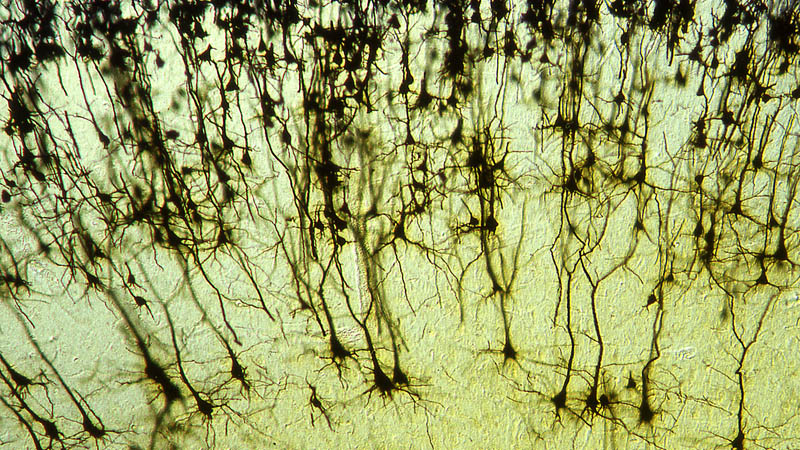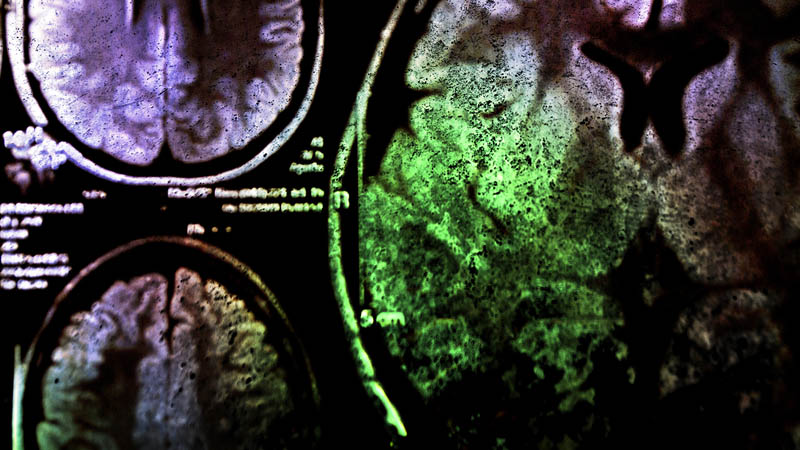Cognitive behavioural therapy in the treatment of pure obsessional obsessive-compulsive disorder
Magdalena Bolek-Kochanowska
 Affiliacja i adres do korespondencji
Affiliacja i adres do korespondencjiObsessive-compulsive disorder (OCD) characterised by predominant obsessive thoughts without accompanying overt compulsions is traditionally referred to as pure obsessional OCD (“Pure O”). Its prevalence is relatively low, accounting for only about 2–4% of all OCD cases, which is why it is often omitted from studies evaluating the effectiveness of therapeutic interventions. The limited research available suggests that cognitive behavioural therapy offers relief to individuals struggling with “pure” obsessive thoughts, although its efficacy tends to be lower compared to other OCD subtypes. Patients struggling with this condition often experience intense shame, and alongside obsessive thoughts, they frequently exhibit covert compulsions or neutralising behaviours. Given the unique challenges faced by patients with this form of obsession, it is advisable to adjust standard therapeutic protocols for obsessive-compulsive disorder and tailor intervention strategies to better address their specific needs. The paper explores how obsessive thoughts are conceptualised within cognitivebehavioural models, offers recommendations for clinical practice, and outlines ways of adapting selected cognitivebehavioural techniques for working with patients experiencing pure O. It also reviews findings on the effectiveness of various CBT approaches in treating this subtype of OCD and highlights limitations that should be taken into account when interpreting and generalising the results. Due to the limited number of clinical descriptions of Pure O in Polish literature and the diagnostic challenges associated with this subtype of obsessive-compulsive disorder, the aim of this paper is not only to outline therapeutic approaches for working with patients experiencing pure obsessional symptoms, but also to promote greater awareness of the condition among clinicians and therapists. By doing so, it seeks to improve the chances of affected individuals receiving an accurate diagnosis and effective treatment.





















